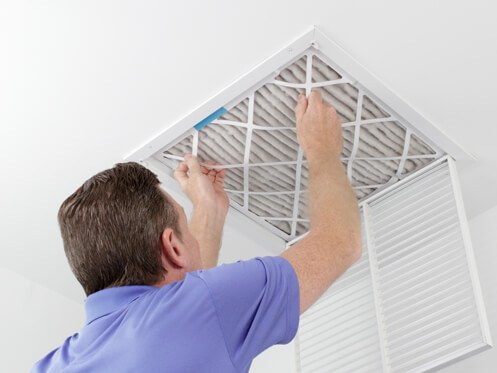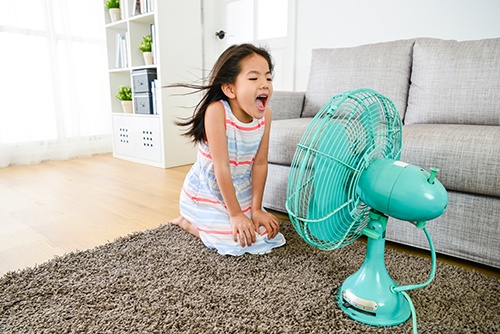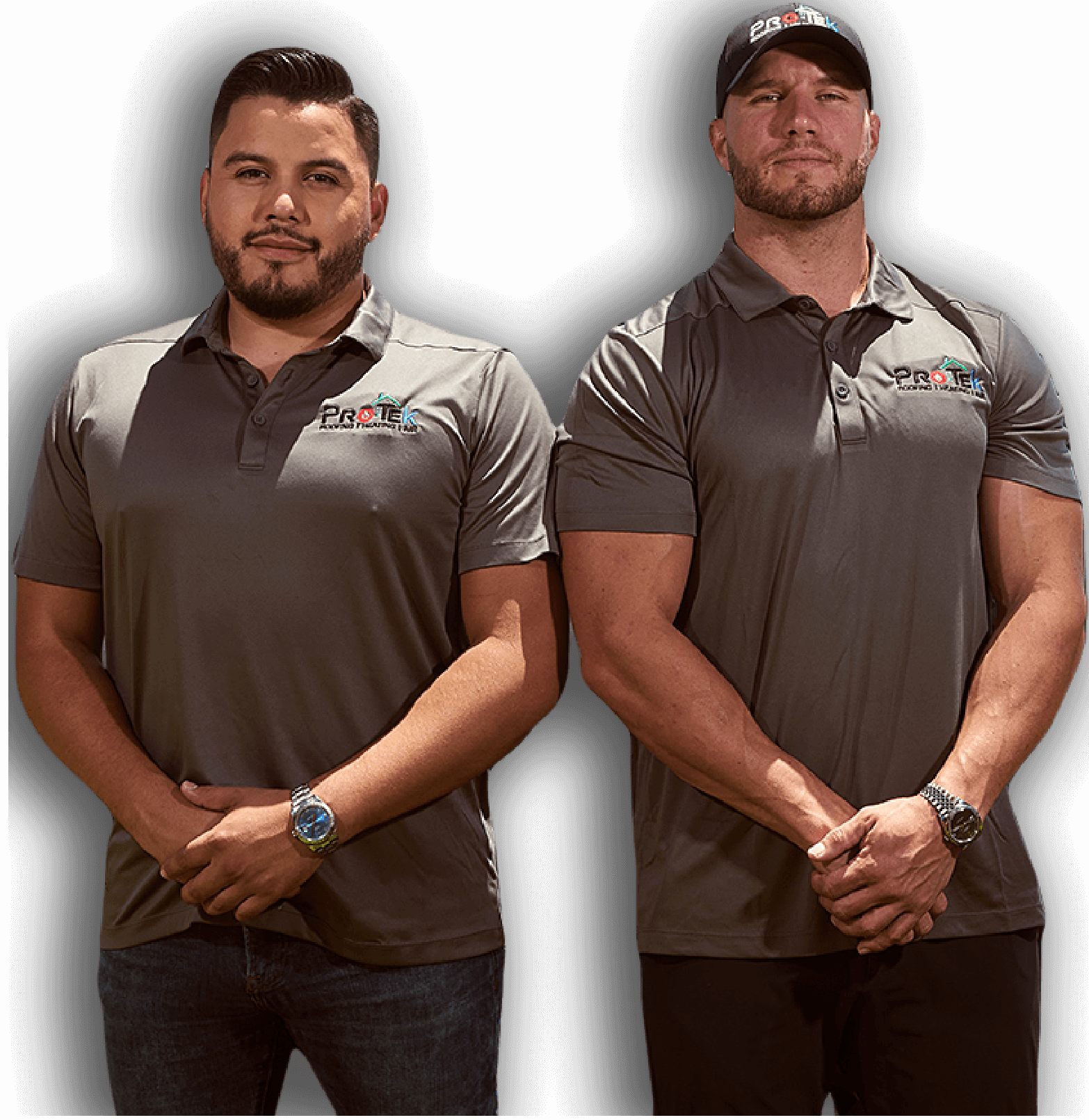When you use the air conditioner in your Tampa, Florida home, you get multi-pronged benefits in the form of air filtration, indoor cooling, and humidity regulation. However, on days when the indoor temperature remains reasonably low on its own, you can use your AC system’s “dry mode” setting to keep your living environment from feeling overly moist. When air conditioners are running in dry mode, they use a lot less energy. Moreover, although they aren’t actually chilling the indoor air, they can leave homes feeling a lot cooler and more comfortable overall. Read on to learn more about your AC system’s dry mode setting and about the benefits gained by using it.
What Is Dry Mode and When Is the Best Time to Use It?
Dry mode is a setting that’s found on many ductless mini-split air conditioners and on a number of modern central AC systems. While cooling mode on air conditioners is often represented by a snowflake icon, dry mode is represented by a single drop of water instead. In this setting, air conditioners function like small-scale dehumidifiers. Just as they do in general cooling mode, they pull air from the building interior, pass it through their filters, and extract excess humidity. This air is then redistributed throughout the home via air registers or air vents. When it arrives, it’s cleaner and noticeably less humid.
Dry mode is the setting that you should use when your home is too cold to use the air conditioner but too humid to enjoy. If you don’t have persistent problems with excess indoor humidity, the dehumidification capabilities of your AC unit in dry mode should be enough to eliminate extra moisture. You can turn dry mode on whenever your living environment feels both clammy and cold at once.
It’s also a good idea to use dry mode if you’re in the middle of moisture-generating activities and your home is sealed up tight. For instance, you’re unlikely to open your doors or windows during the early fall or winter, but boiling pasta, cooking soup, or taking a long, indulgent bath during these times will likely make your windows foggy. If you host a large party and have lots of people milling about or if you run your clothes dryer for hours at a time, dry mode can remove the additional humidity that these activities produce.
Indoor Air Goes Through the AC Filter in Dry Mode
One of the major benefits of using dry mode when it’s too cool for air conditioning but not quite hot enough to run your heater is being able to filter your indoor air. Although the standard filters that HVAC equipment comes with are largely designed for protecting the equipment itself, these components can still limit the amount of pet hair, pet dander, pollen, and other debris that’s floating around in your home.

Maintaining Optimal Humidity Levels Creates a Healthy Home Environment
Keeping indoor humidity levels in check is key to maintaining a healthy home environment. In fact, this is the best way to stay on top of mold prevention. Mold spores, mildew, and other fungi thrive in moist environments. Although you might not struggle with these problems during the hot season, you may have too much moisture in your home during times when your air conditioner is constantly off.
Using this setting for moderate levels of humidity regulation is also a great way to protect your home investment. Moist indoor air sets the stage for mold development, and widespread mold problems can damage your furnishings and flooring. It can also undermine the integrity of many building materials. In naturally humid areas like Tampa, prolonged exposure to high humidity can cause wood to warp, buckle, and bow. It can also cause drywall to soften, make paint blister and peel, and increase the likelihood of serious sub-floor issues. When it comes to preventing these things, periodically running your air conditioner in dry mode is a great way to supplement your other humidity regulation efforts.
Keeping Your Home Smelling Fresh
Having a damp and mold-prone home can also affect how your living environment smells. If you aren’t actively regulating indoor moisture during the cool season, you may soon be living with a pervasive, musty odor. Using dry mode eliminates many of the problems that contribute to unpleasant indoor odors including the pet hair, dander, dirt, and pollen that float through the air and feed developing mold and bacteria colonies.
Avoid Sticky, Clammy Skin
It’s possible to feel hot in a perfectly cool home. Excess humidity makes building interiors feel a lot warmer than they really are. When there are high levels of humidity in your home, you might be surprised to discover that your thermostat is registering a reasonable temperature. Although you don’t need chilled air coming into your home in this instance, you do need a reliable source of relief. Running your air conditioner in dry mode for just 30 to 60 minutes can make all the difference.

Keep Your Home Energy Bills at a Moderate, Manageable Level
Most people turn their air conditioners on as soon as they feel hot. Dry mode gives you the opportunity to avoid wasting energy on home cooling when your home doesn’t really need it. In dry mode, the AC system is circulating air and extracting moisture, but it isn’t circulating refrigerant. At this setting, AC systems aren’t working as hard as they do during cooling mode, and they aren’t using as much energy. Moreover, given that humidity is easier to regulate than indoor temperatures, you won’t have to run your air conditioner as long or as often when using dry mode.
Understanding the Limitations of Your Air Conditioner’s Dry Mode Setting
Although dry mode is a pretty amazing feature on modern air conditioners, it isn’t a replacement for whole-house dehumidification. If you constantly have high levels of humidity in your home, it’s important to find out why. It may be that you have a slow or hidden leak, or that your dryer vent needs to be cleaned. There may be problems with the exhaust fan in your bathroom, or you could have a large household that produces more humidity than your air conditioner is capable of regulating at any setting.
HVAC companies generally advise against using dry mode for much more than one hour at a time. Using dry mode too often or for too long can leave you with overly dry indoor air, and overly dry indoor air can be just as problematic as having indoor air that’s excessively moist.
It’s also important to note that your air conditioner’s functioning while in standard cooling mode is governed by your thermostat. When your indoor temperature becomes too hot, your AC system cycles on. It cycles back off again when the indoor air is sufficiently cold according to your thermostat. Many air conditioners can run in dry mode indefinitely. Although some thermostats can register humidity, many cannot. Thus, it may be necessary to manually turn dry mode off after you’ve achieved the level of comfort you want.
Protek Roofing, Heating, Air & Solar is proud to be a trusted provider of roofing, HVAC, and solar installation services in Tampa, Florida and the surrounding areas. We also offer storm damage repairs, GAF products, and indoor air quality solutions. We’re committed to helping our clients get optimum value from their home systems. If you need AC maintenance or cooling repairs, give us a call today.
Give Protek Roofing, Heating, Air & Solar a call today!




